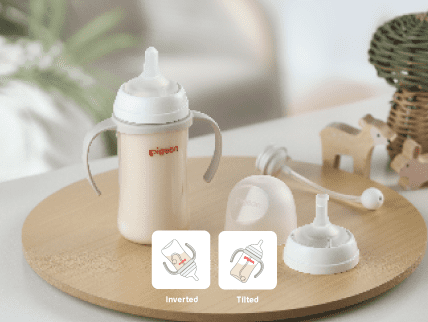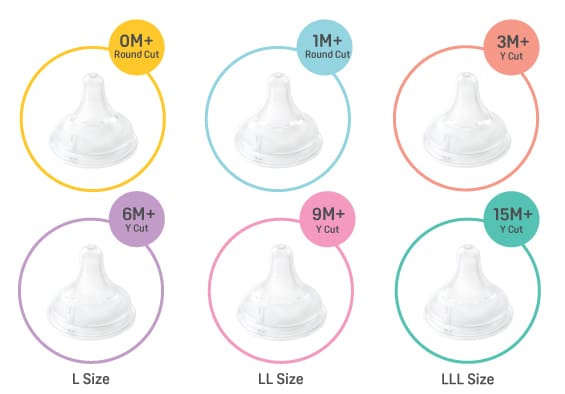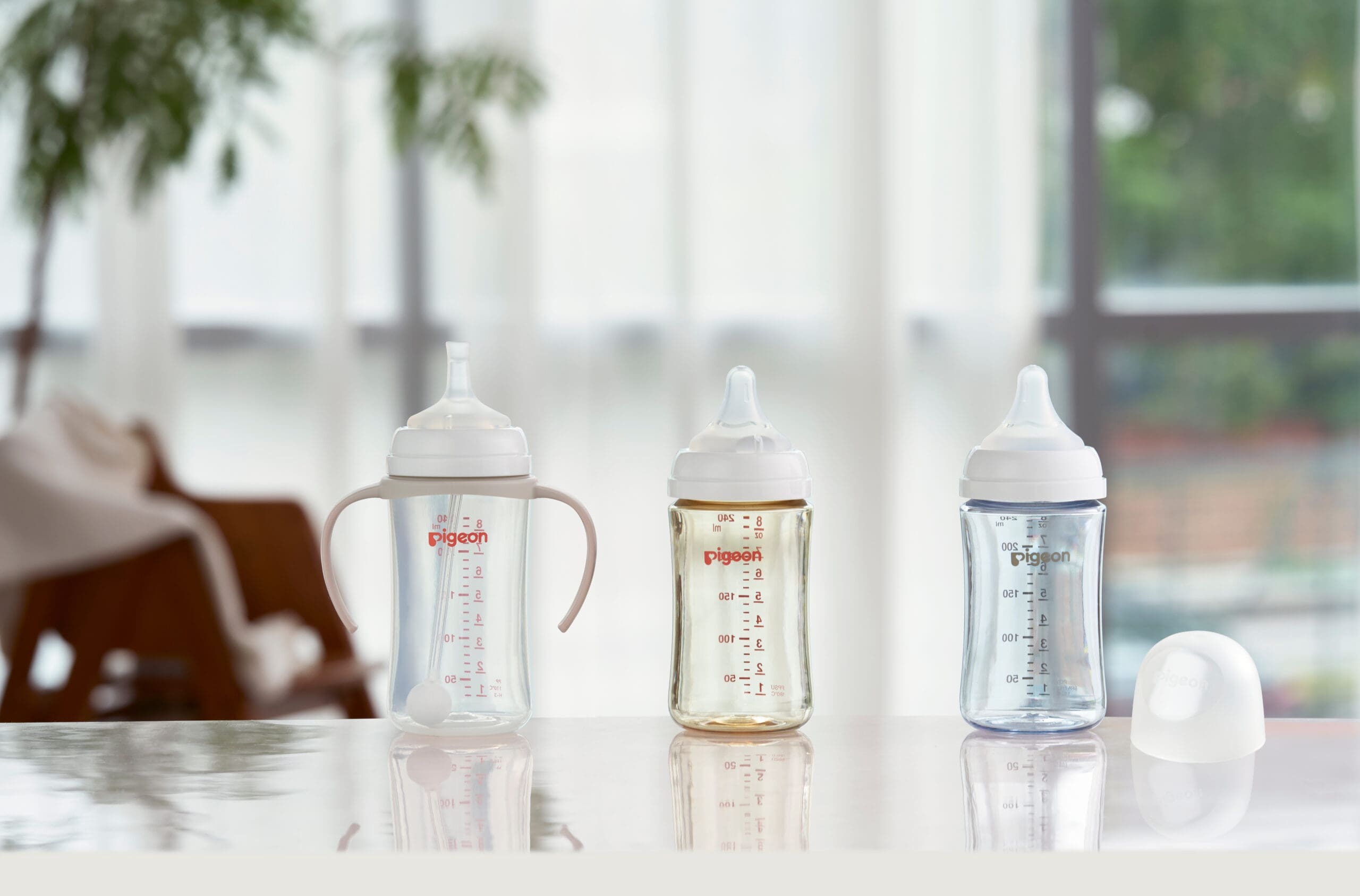All You Need To Know About Delayed Cord Clamping. Is It Good?
To clamp or not to clamp? Delayed cord clamping has been slowly gaining prominence in recent years, with several international organisations such as The World Health Organisation recommending that it should be carried out in all births. With the practice becoming more widely available in Singapore, let’s find out more about what the process involves and how it’s beneficial to your newborn.
What is delayed cord clamping?
Delayed cord clamping is a practice where the umbilical cord is clamped and cut one to three minutes after giving birth, instead of immediate cord clamping.
What are the benefits and risks?
A number of recent studies have shown that leaving the umbilical cord intact following delivery may actually have some serious health perks. A full term baby benefits from an extra blood transfer of 90ml to 100ml from the placenta at birth, which will help them to gain higher iron levels to fuel healthy brain development later in infancy. For preterm infants, it’s said to improve circulation, boost red blood cell volume and reduce the need for blood transfusions. And they have a lower risk of life-threatening conditions like necrotising enterocolitis and intraventricular haemorrhage.
However, bear in mind that there’s a higher chance of your newborn developing jaundice from delayed cord clamping, especially for full term babies. Jaundice is a common condition in newborns that occurs when a high level of bilirubin is present in the blood, resulting in yellow discoloration of the baby’s skin and eyes. It can, however, be treated through phototherapy to eliminate the excess bilirubin. Therefore, it’s important to understand the perceived risks involved before going through with an uncomplicated delivery.
When is delayed cord clamping not recommended?
If there are no complications, delayed cord clamping poses little to no risk to both mother and baby. In fact, there’s no evidence to show any increase in postpartum hemorrhage or increased blood loss at delivery. But in unforeseen medical situations where there’s fetal growth restriction from abnormal or reduced placental blood perfusion, this procedure should not proceed at all costs.
Is stem cell collection possible with delayed cord clamping?
Unfortunately, you won’t be able to do both at the same time. Due to the sheer volume of blood that would be transferred to the baby during delayed cord clamping, there wouldn’t be sufficient cord blood to be collected. Thus, it’s up to you to make an informed choice between the two procedures after weighing the benefits of both.
So if you’re thinking of including delayed cord clamping in your birth plan, be sure to discuss it with your obstetrician or gynaecologist before delivery!
Is the initial newborn care allowed?
Definitely. Things such as stimulating the baby, maintaining skin contact and bonding with the baby, can and should be initiated even when delayed cord clamping is taking place.
Doctor’s Advice: All You Need to Know About Delayed Cord
Clamping – Pigeon Singapore













